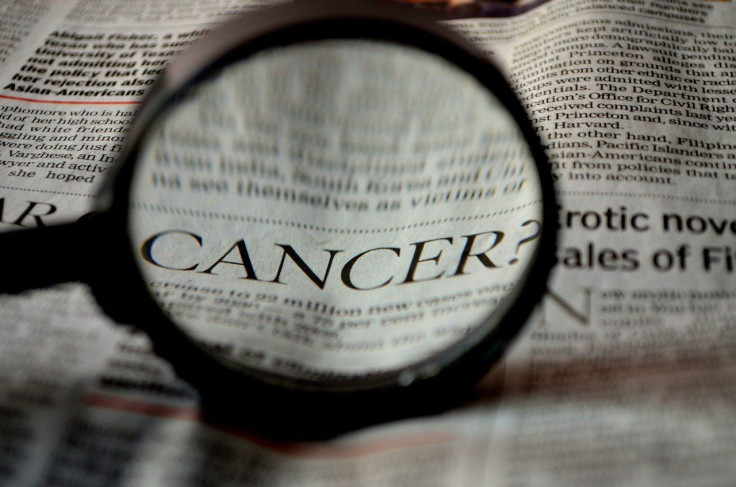Cervical Cancer Increasing Among Millennial Women
KEY POINTS
- Cervical cancer incidence saw a continuous decline starting from the 1970s
- This decline stopped in 2012, when the downward trend came to a plateau
- Researchers found a reversal of the decline among women ages 30-34
It may be time to get screened for cervical cancer. A team of researchers has found an increase in the number of cervical cancer cases among millennial women in their early 30s.
Cervical cancer rates went down beginning in the 1970s. However, this continuous decline halted in 2012, when the downward trend came to a plateau, the Medical University of South Carolina (MUSC) noted in a news release.
"For the last two years, we have been trying to understand why the continuous decline in cervical cancer stopped in 2012 and why we have reached a critical turning point," one of the study authors and an expert in human papillomavirus (HPV)-associated malignancies, Ashish Deshmukh of MUSC Hollings Cancer Center, said in the news release.
For their study, published Monday in the Journal of the American Medical Association (JAMA), the researchers scoured the data from the 2001 to 2019 National Program of Cancer Registries (NPCR) and the Surveillance Epidemiology and End Results (SEER) to look at cervical cancer incidences by age at the time of diagnosis. It covered all 50 states and some 98% of the population.
"Using five-year age cutoffs, we found that in women age 30 to 34, the declining rate of cervical cancer incidence reversed for the first time," Deshmukh said.
Specifically, there was a 3% increase in cervical cancer incidence among women in their early 30s per year, and the trend began in 2012. The increase was apparent for both squamous cell cervical carcinoma and cervical adenocarcinoma, MUSC noted.
"What's very surprising is that the rates increased in non-Hispanic White women, Hispanic women and other ethnic groups but not in non-Hispanic Black women," Deshmukh added.
Given the results of their study, the researchers aim to find out whether the decline in screening rates or some other reason may have something to do with the recent increase in cervical cancer.
Screening for cervical cancer has been crucial to the decline in cervical cancer incidences, according to MUSC. However, screening rates have also declined, particularly among women in their 20s.
Further, cervical cancer is also among the cancers caused by HPV, which Deshmukh noted to be "unfortunately rising" even when cancer rates, in general, are seeing a decline.
"(W)e do know that we need future research to understand this problem thoroughly," Deshmukh said further.
The results then highlight the importance of promoting screenings as well as HPV vaccination, which has previously been found to "substantially" reduce cervical cancer risk. Together, routine screening and the HPV vaccines may be lifesaving.

© Copyright IBTimes 2024. All rights reserved.












